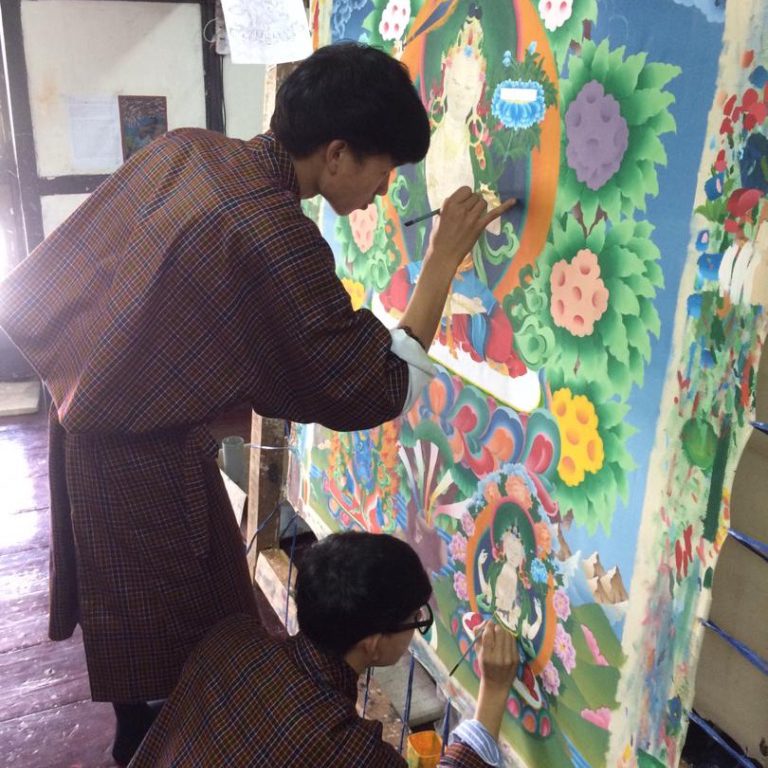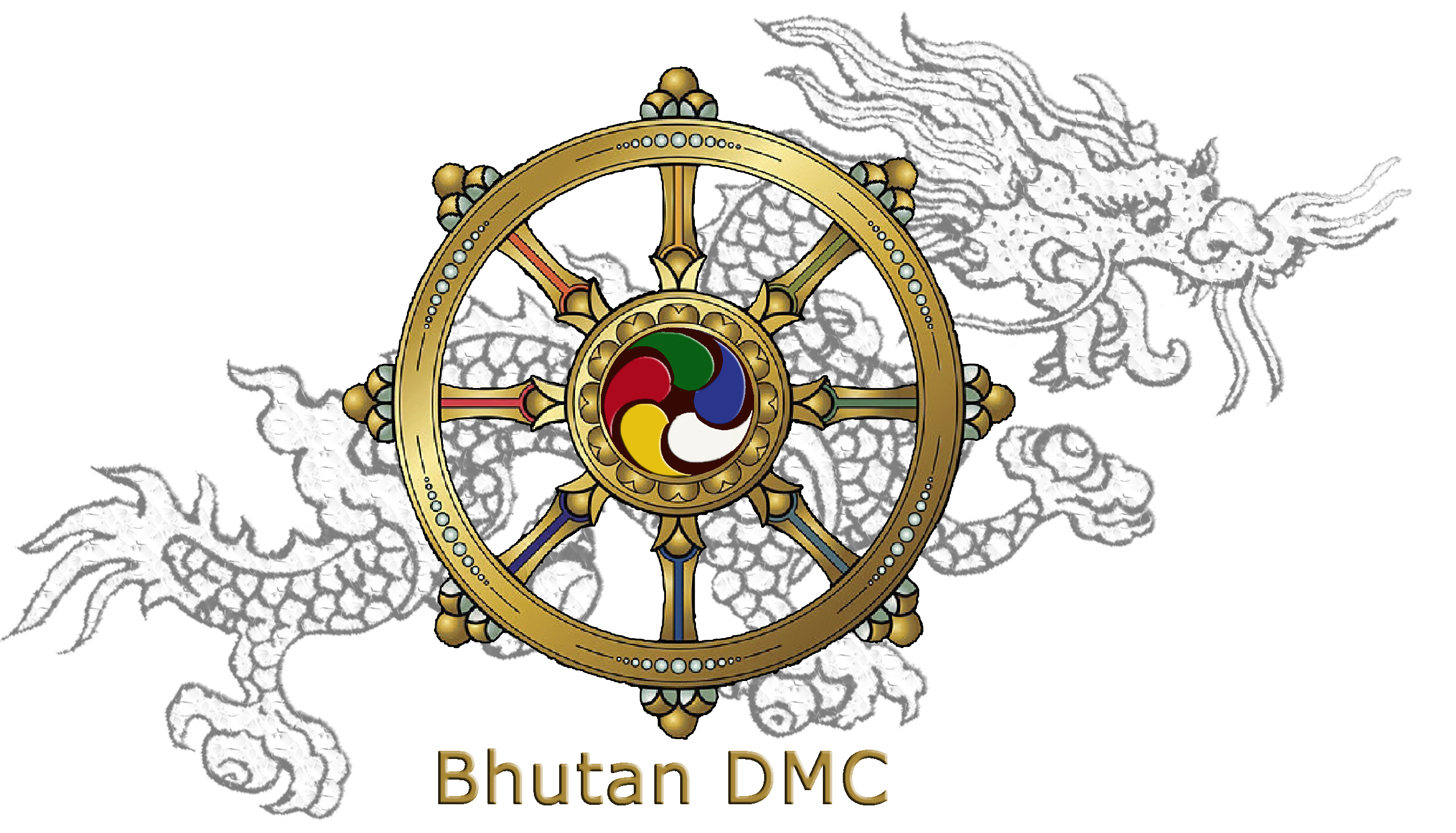1,437 sq km
Spans
1992
Established in
1,750 to 1,880 m
Elevation

About Trashiyangtse
Situated about 2 and a half hours drive from Trashigang, Trashiyangtse is a small village with garden aspect and a lovely place to launch a couple of hours stroll into surrounding countryside. This is easternmost part of Bhutan and borders Arunachal Pradesh in India. Also, Trashiyangtse is famous for its wooden containers and bowls.
Places of interest in Trashiyangste
Trashiyangtse Dzong
Trashiyangtse Dzong meaning ‘Fortress of Auspicious Fortune’, was re-built in 1656 by Terton Pema Lingpa from the ruins of Dongdi Dzong of the 9th century. It was further renovated and sanctified by a sacred consecration ceremony in 2005.
Chorten Kora
This dazzling white stupa is situated on the riverbank below the town. Constructed in 1740 by
Lama Ngawang Loday, it is built in same style as Boudhnath stupa in Nepal, with eyes painted at four cardinal points. During the second month of lunar calendar, an interesting celebration known as ‘Kora’ takes place here when people from neighbouring Arunachal Pradesh also join in the festivities.
Bomdeling
It is an annual migrating place for black necked cranes, which fly over from nearby Tibet to pass the winter months in a warmer climate.
National Institute of Zorig Chusum
This institute was opened in 1997 to provide opportunities in vocation training. Just like the Painting School in Thimphu, this institute also trains students in arts and crafts.
Samdrup Jongkhar (Altitude 240m)
Located in the south eastern part of Bhutan, Samdrup Jongkhar has its border with Trashigang to the north, Pemagatshel to the west and Indian state of Assam to its south. Being an important gateway to the eastern region of Bhutan, the major portion of Samdrup Jongkhar district falls within subtropical belt and the area is bulk producer of hardwoods like teak, sal and sisoo. The district houses two major ethnic groups – the ‘Tsangla’ and the ‘Lhotshampa’ both thriving with different culture and traditions. The region is also predominantly agrarian society and people grow here maize, rice, oranges, chilies. The road from Trashigang to Samdrup Jongkhar was completed in 1960s and it enables the eastern half of the country to access and benefit from trade with south as well as across Indian border.
